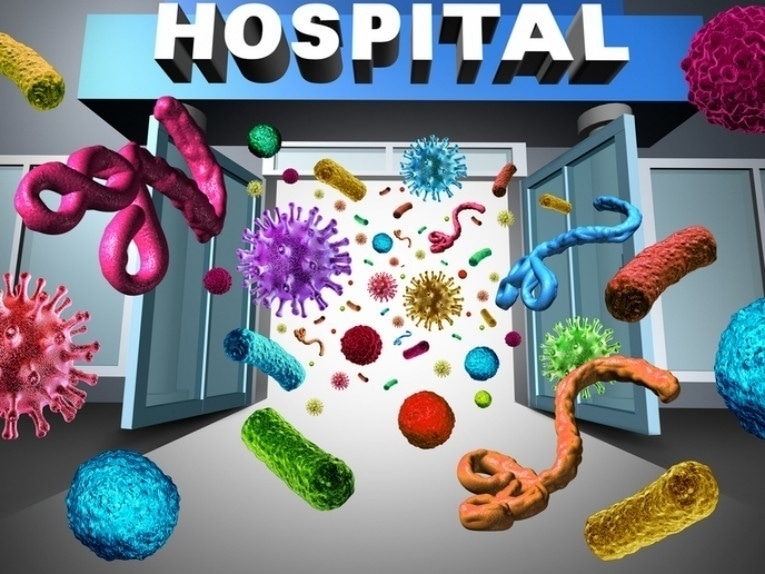
#Industry News
Which Sterilization Method Is Used in Hospital?
Each year in the United States there are approximately 53 million outpatient surgical procedures and 46 million inpatient surgical procedures.
1 For example, there are at least 10 million gastrointestinal endoscopies per year.2 Each of these procedures involves contact by a medical device or surgical instrument with a patient's sterile tissue or mucous membranes. A major risk of all such procedures is the introduction of infection. Failure to properly disinfect or sterilize equipment carries not only the risk associated with breach of the host barriers but also the additional risk for person-to-person transmission (e.g., hepatitis B virus) and transmission of environmental pathogens (e.g., Clostridium difficile).
Achieving disinfection and sterilization through the use of disinfectants and sterilization practices is essential for ensuring that medical and surgical instruments do not transmit infectious pathogens to patients. Because it is unnecessary to sterilize all patient care items, health care policies must identify whether cleaning, disinfection, or sterilization is indicated based primarily on the item's intended use.
Sterilization is the complete elimination or destruction of all forms of microbial life and is accomplished in health care facilities by either physical or chemical processes. Steam under pressure, dry heat, ethylene oxide (ETO) gas (Ethylene Oxide Sterilizer), hydrogen peroxide gas plasma (Hydrogen Peroxide Plasma Sterilizer), vaporized hydrogen peroxide, and liquid chemicals are the principal sterilizing agents used in health care facilities. Sterilization is intended to convey an absolute meaning, not a relative one. Unfortunately, some health care professionals as well as the technical and commercial literature refer to “disinfection” as “sterilization” and items as “partially sterile.” When chemicals are used for the purposes of destroying all forms of microbiologic life, including fungal and bacterial spores, they may be called chemical sterilants. These same germicides used for shorter exposure periods may also be part of the disinfection process (i.e., high-level disinfection).
As an independent technical team of Galbino, Galbino Infection Control Divison (GTI-IC) is committed to combining international design, quality standards, and China's cost advantages to provide users with cost-effective (high-quality, high-efficiency) integrated sterilization solutions. Our core business is to provide comprehensive solutions for the Central Sterile Supply Department (CSSD), including technical consultation, program design, equipment supply, training and maintenance, and assurance of consumables.
Link:
National Library of Medicine
https://www.ncbi.nlm.nih.gov/pmc/articles/PMC7099662/







